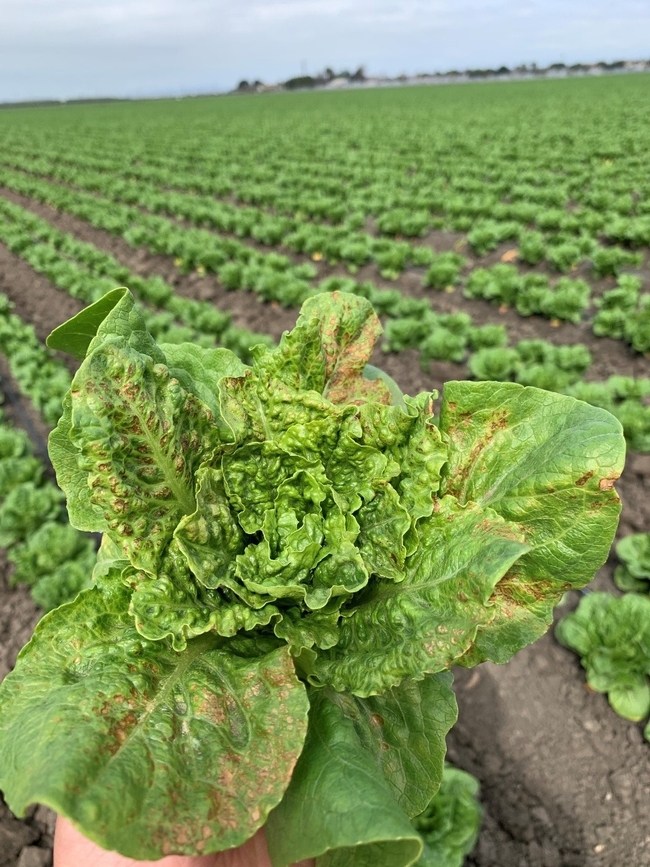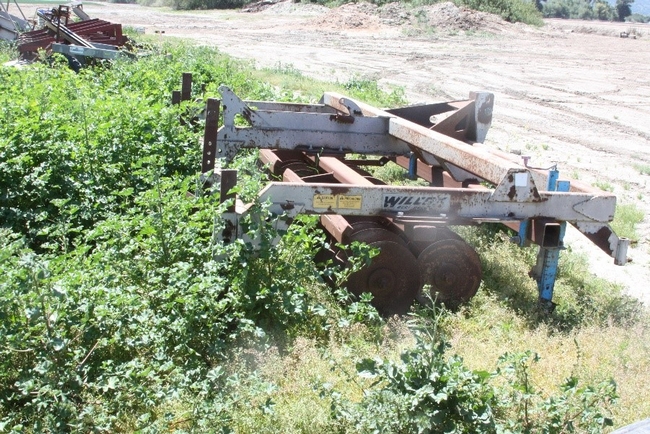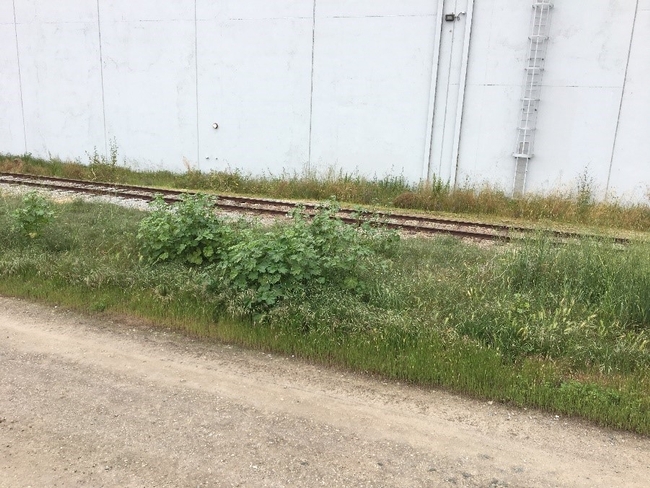Richard Smith is the University of California Cooperative Extension Monterey County Vegetable Crop Production and Weed Science Farm Advisor. He also covers Santa Cruz and San Benito counties.

Production fields are kept weed free during the winter fallow period and are not a source of overwintering weeds. However, weeds survive in a variety of other locations:
- the vegetated strip along Hwy. 101 which runs down the center of the valley,
- along county roads and turnouts,
- urban areas, industrial sites and roadways,
- along drainage ditches and riparian areas,
- levees and field roads, and
- miscellaneous areas on farms such as equipment yards, around valves and pumps and road banks.
The following are some observations of selected key weeds:
Shortpod mustard is a ubiquitous weed along Hwy 101 and county roads. It germinates in the winter but flowers from May to October. It was initially viewed with a great deal of suspicion because it is so common and often occurs in close proximity to lettuce production fields. However, shortpod mustard is a weak host for INSV with an infectivity rate of less than 3%. As a result, it appears to be a minor host for INSV. However, its flowers may provide nourishment to thrips that spread the disease. Other mustards such as black mustard and field mustard also are also weak hosts for INSV.
Little mallow and bull mallow have different levels of infectivity. Little mallow has an infectivity rate of close to 20% while bull mallow is less than 1%. Bull mallow is less tolerant of disturbance and tends to occur in uncultivated habitats such as in industrial areas and in the vegetated strip along the highway. Little mallow is well adapted to disturbance and can be a weed in production fields, in waste areas on the farm and along roads. It grows year-round in the Salinas Valley and is a key weed that needs to be controlled in the winter to reduce the reservoir for INSV.
Hairy fleabane and marestail are closely related and have the same effective aerial dispersal mechanism for their seeds. They germinate in the winter and flower in the summer. These weeds are excellent at taking advantage of waste areas on farms, along roadsides, freeway exits, road banks, levees, ditches and riparian areas. Their infectivity rate varies from 9 to 28% and they serve as key INSV reservoirs. One of the problems with these weeds is their tolerance/resistance to glyphosate, the most common herbicide used to control weeds, and therefore can often escape effective control.
Lambsquarters and nettleleaf goosefoot commonly infest production fields, but they can also be found in waste areas on farms, in ditches and occasionally along roadsides. Both of these species are good hosts for INSV with infectivity rates that range from 16 to 28%. Lambsquarter is less of an issue as a winter reservoir for INSV because it is cold intolerant. Nettleleaf goosefoot is more tolerant of winter temperatures and can frequently overwinter and serve as a winter reservoir for INSV.
Annual sowthistle is a key weed in production fields. However, like some of the other species mentioned, it is quite flexible and can be found in ditches, waste areas and equipment yards, road banks and even roadsides. It is a key winter reservoir because it grows year-round in the valley and has an infectivity rate of >20%.
Riparian areas with coyote bush and willows were evaluated and found to be non-hosts for INSV which is good news that native plants do not host INSV. However, in the riparian areas marestail and hairy fleabane can occasionally be well established.
In the winter of 2020-21, growers placed greater emphasis on controlling weeds in the areas surrounding their production fields. It is unclear why there was less INSV at the beginning of the 2021 season because there were also lower thrip populations. The grower community joined forces to reduce the winter reservoirs of INSV. These efforts will continue and hopefully will help reduce the levels of INSV and the resulting damage caused by this disease.

